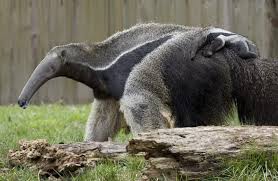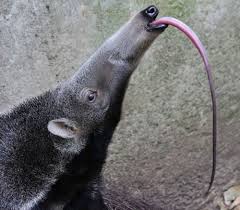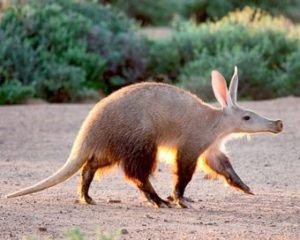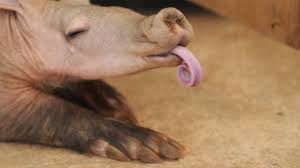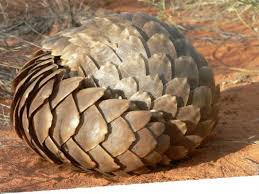Podcast: Play in new window | Download (Duration: 9:11 — 10.8MB)
Thanks to Pranav, Isaac, and an anonymous listener for their suggestions this week! Let’s learn about some animals that inspired three Pokemon.
Sandshrew:
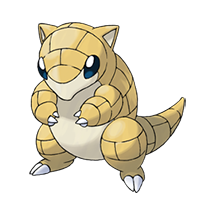
Possible Sandshrew inspirations:
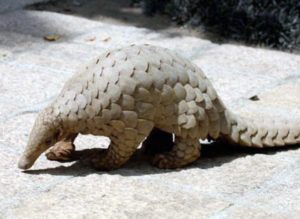
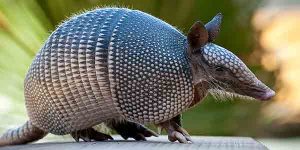
Drowzee:
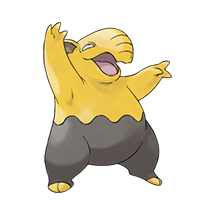
Possible Drowzee inspiration:
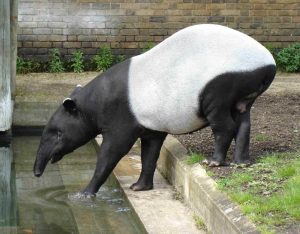
Fennekin:
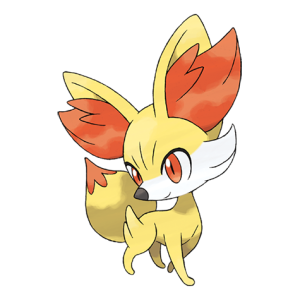
Undoubted Fennekin inspiration:
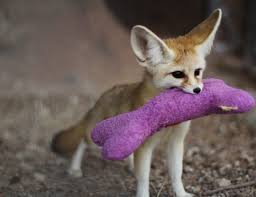
Show transcript:
Welcome to Strange Animals Podcast. I’m your host, Kate Shaw.
This week we’re going to do something slightly different. At least two people and probably a lot more have suggested that we talk about some animals that were the inspiration for Pokemon, so I picked three that you might not know about. Thanks to Pranav and Isaac for their suggestions, and if you suggested the same topic at some point and I didn’t write it down, thank you too! Thanks also to an anonymous listener who suggested three of the animals we’ll talk about in this episode. I didn’t intend to cover three animals suggested by the same listener but it worked out that way, which is kind of neat.
Some of you may not be familiar with what Pokemon are. The word is a shortened version of the term “pocket monsters,” and it started as a video game where players catch various monsters and store them in little round cages called pokeballs. A lot of Pokemon are so cute you can’t really call them monsters, but they all have different abilities and can evolve into even more powerful versions with enough training. My only real experience with Pokemon is the game Pokemon Go that came out in 2016, although I don’t play it anymore, but the franchise has had multiple games, including a trading card game that is still really popular, TV shows, movies, and of course lots of toys.
Sometimes it’s easy to figure out what animal inspired a Pokemon. Rhyhorn obviously looks like a rhinoceros, Magikarp looks like a goldfish, and so on. But sometimes it’s not so obvious. Let’s start with Sandshrew.
Sandshrew is a sandy-brown color on its back with a lighter belly and muzzle, and prominent claws. Its tail is big and its ears are small. It’s covered with armor plates, and in some versions of Sandshrew, most notably the Pokemon TV show, it can curl up into a ball. What does that remind you of?
Some of you just said “armadillo” and others of you just said “pangolin.” Both were suggested a while back by an anonymous listener. The two animals aren’t related but they do share some physical similarities, like armored bodies and the ability to curl up into a ball to make their armor even more effective.
We talked about the pangolin in episode 65, about animals that eat ants. The pangolin is related to anteaters, and is sometimes even called the scaly anteater, but it’s not closely related to the armadillo. Their similarities are mainly due to convergent evolution.
The pangolin is a mammal, but it’s covered in scales except for its belly and face. The scales are made of keratin, the same protein that makes up fingernails, hair, hooves, and other hard parts in mammals. When it’s threatened, it rolls up into a ball with its tail over its face, and the sharp-edged, overlapping scales protect it from being bitten or clawed. It has a long, thick tail, short, strong legs with claws, a small head, and very small ears. Its muzzle is long with a nose pad at the end, it has a long sticky tongue, and it has no teeth. It’s nocturnal and lives in burrows, and it uses its big front claws to dig into termite mounds and ant colonies. It has poor vision but a good sense of smell. It’s a good fit for Sandshrew and some species are even the same color as Sandshrew. It lives in southern Asia and much of sub-Sahara Africa, and all species are critically endangered.
Meanwhile, the armadillo is also a mammal that’s covered in armor except for its belly, but its armor is much different from the pangolin’s scales. The armor is made up of bands of hardened, bone-like skin covered with scutes, which are tiny flattened knobs of keratin. Ordinary skin connects the bands so that the animal can move around more easily. Some species roll up when threatened, but others rarely do. Instead they just run into the most thorny, prickly plants they can find. The armadillo’s armor protects it from being hurt by the thorns. Like the pangolin, it has sharp claws and can dig well to get at termites and other invertebrates, and like the pangolin it has poor eyesight but a good sense of smell. Its ears are small, its legs are short, and its tail is long but not as thick as the pangolin’s. Most species are grayish, pinkish, or brownish. It looks less like Sandshrew than the pangolin does, but it might have contributed to Sandshrew’s appearance and habits.
The armadillo lives in the Americas, mostly in South America but also Central and parts of North America. Many species are endangered.
Whichever animal you think inspired Sandshrew, I think we can agree that Sandshrew doesn’t have anything to do with actual shrews.
Our next Pokemon is Drowzee. Drowzee is a chonky, strong-looking monster who looks like it’s wearing gray pants but otherwise has ochre yellow skin. Its nose is drawn out into a short proboscis like a miniature elephant trunk, and it has three pointy toes on its hands and what look like cloven hooves on its feet. It doesn’t have a tail.
Drowzee is inspired by the tapir, probably the Asian tapir. The other tapirs alive today live in South and Central America, but the Asian tapir lives in lowland rainforests in parts of south Asia. It’s mostly white or pale gray with black or dark gray forequarters and legs. It’s also the largest species of tapir alive today, standing more than 3 and a half feet tall at the back, or 110 cm. Like other tapirs, it spends a lot of time in water, eating plants and staying cool.
The tapir looks kind of like a pig but it’s actually much more closely related to horses and rhinos. It has four toes on its front legs, three on its hind legs, and each toe has a large nail that looks like a little hoof. It also has a rounded body with a pronounced rump, a stubby little tail, and a long head with a short but prehensile trunk called a proboscis. It uses its proboscis to gather plants, and it can even use it as a snorkel when it’s underwater.
The Asian tapir isn’t a perfect match for Drowzee, but its two-part coloration and short proboscis are pretty close. As far as I know, the Asian tapir doesn’t make you fall asleep and then eat your dreams like Drowzee is supposed to do, but that’s an aspect of a monster in Japanese folklore. The baku is supposed to eat nightmares and traditionally it’s often described as being black and white like a panda, but often with tapir-like traits.
Our last Pokemon today is Fennekin, who is based on the fennec fox, also a suggestion by an anonymous listener. Fennekin is yellow-brown in color with white on its face, a red-orange tip to its tail and red-orange tufts in its gigantic ears.
The fennec fox lives in northern Africa and parts of Asia. Its fur is a pale sandy color with a black tip to the tail. Its eyes are dark and its ears are large. It stands only about 8 inches tall at the shoulder, or 20 cm, but its ears can be six inches long, or 15 cm. It eats rodents, birds and their eggs, insects, and other small animals, as well as fruit. It can jump really far, some four feet in one bound, or 120 cm. Because it lives in desert areas, it rarely needs to drink water. It gets most of its water through the food it eats, and researchers think it may also lap dew that gathers in the burrow where it spends the day.
Fennekin is a fire Pokemon, appropriate since it’s based on a desert animal. It’s also extra adorable, and so is the fennec fox.
You can find Strange Animals Podcast at strangeanimalspodcast.blubrry.net. That’s blueberry without any E’s. If you have questions, comments, or suggestions for future episodes, email us at strangeanimalspodcast@gmail.com. We also have a Patreon at patreon.com/strangeanimalspodcast if you’d like to support us for as little as one dollar a month and get monthly bonus episodes.
Thanks for listening!
